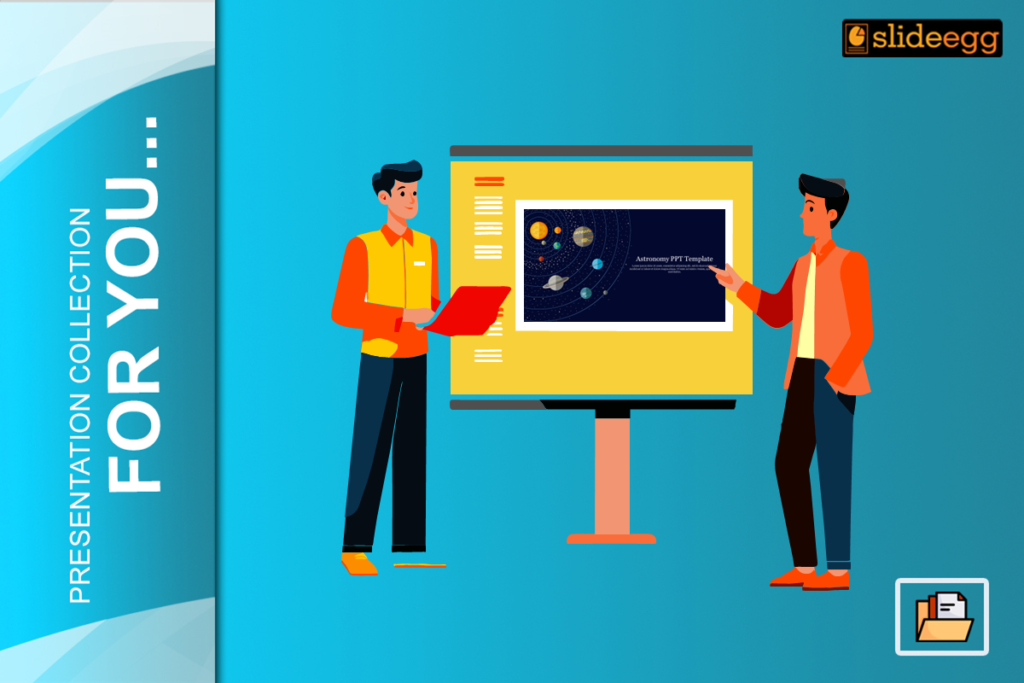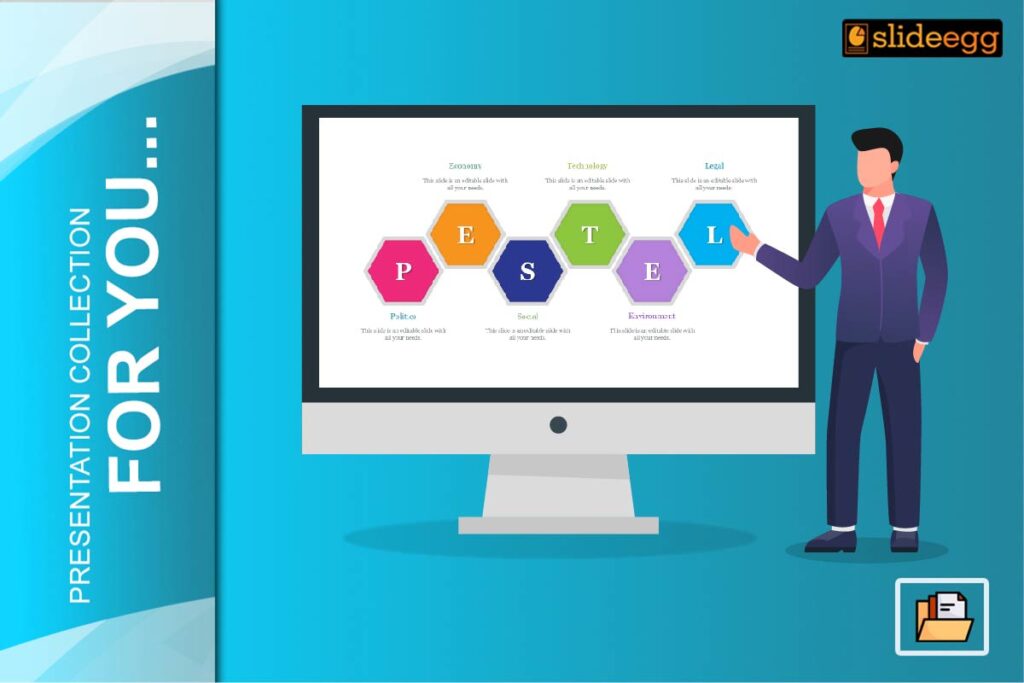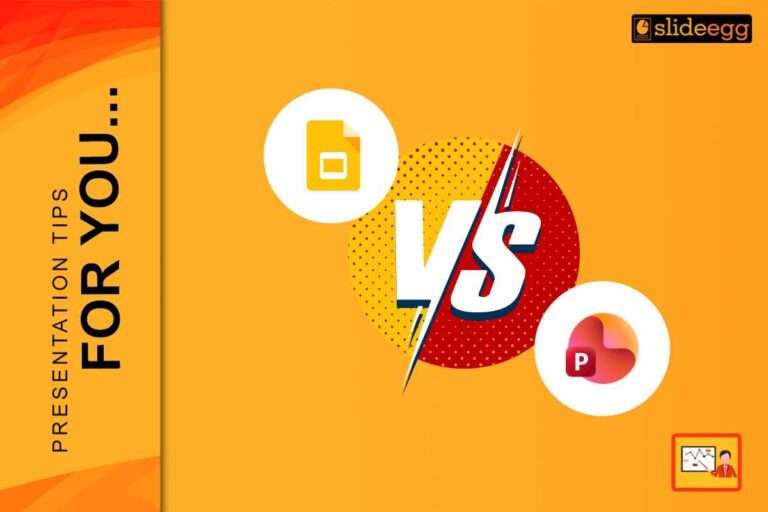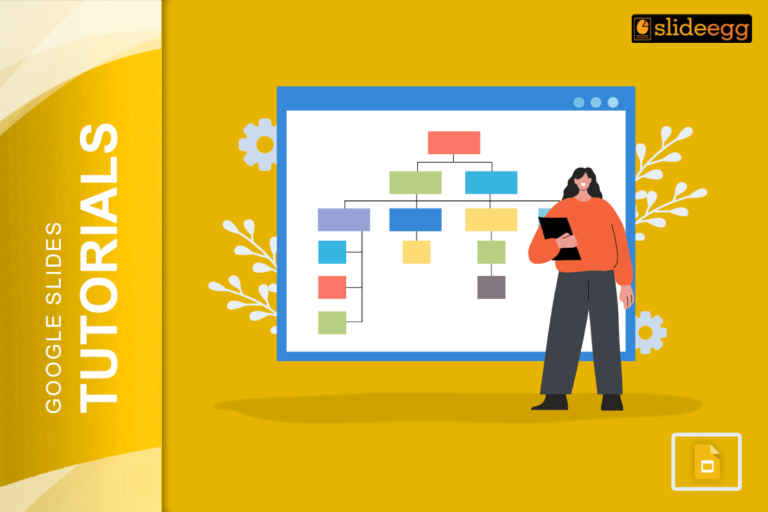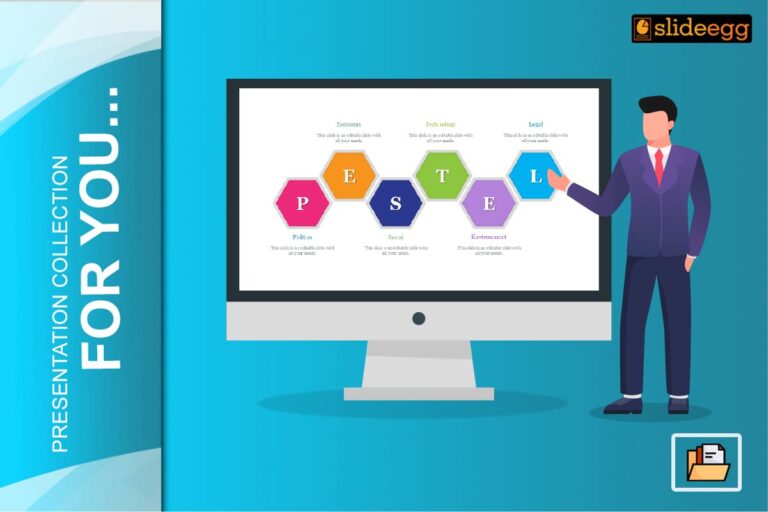Have you ever thought about how to make the wonders of the world interesting and clear for kids in a presentation? If it is so, this easy-to-read blog can guide you to find answers. Astronomy may be a difficult subject to teach students. However, with the correct approach and tools, it can be one of the most engaging topics to teach. An engaging astronomy presentation captures students’ interest by using space background for PPT.
Begin with an Engaging Introduction
Begin with an engaging introduction to capture the kid’s attention. Use an impressive image of a celestial event, such as a supernova or a comet, along with an interesting comment about the universe.
Fact: A supernova can temporarily outshine an entire galaxy.
Define the scope of astronomy
To Briefly define, astronomy is the scientific study of celestial objects, space, and the universe as a whole. Mention fundamental concepts like the solar system, stars, galaxies and the tools that astronomers utilize.
Stat: Our Milky Way galaxy alone contains around 100 billion stars.
Effective Illustration
Use high-quality photos and videos throughout your presentation. Illustrations can help to clarify complex topics and make the text more approachable. For example, make use of an animated solar system model to describe planetary orbits and distances.
Fact: The Hubble Space Telescope has captured some of the finest detailed views of distant galaxies and nebulae.
Explain the solar system
Dedicate a part to the solar system, beginning with the sun and on through the planets. Use graphical tools such as diagrams and films to demonstrate the relative sizes and distances between planets.
The Sun: Explain that the sun is a star in the core of our solar system that is necessary for life on Earth.
Planets: Describe each planet. briefly, highlighting unique features. For instance, mention the rings of Saturn, the volcanoes on Mars, and the storms on Jupiter.
Stat: Jupiter is so large that all other planets in the solar system could fit inside it.
Stars and Constellations
Introduce students to the lifespan of stars, from their birth in nebulae to their endpoints as white dwarfs, neutron stars or black holes. Use animations to explain these procedures.
Constellations: Show how different cultures have understood the night sky by spotlighting well-known constellations such as Orion, Ursa Major, and Cassiopeia.
Fact: The nearest star to Earth, Proxima Centauri, is approximately 4.24 light-years away.
Galaxies and Universe
Expand the discussion to include galaxies and the larger universe. Explain the various types of galaxies, including spiral, elliptical, and irregular. Use Hubble Space Telescope photos to demonstrate real examples.
The Milky Way: Talk about our home galaxy, its structure, and how our solar system fits within it.
Other galaxies: Mention interesting galaxies such as Andromeda, the closest spiral galaxy to us, and the peculiar shape of the Sombrero Galaxy.
Stat: There are estimated to be over 2 trillion galaxies in the observable universe.
Tools for Astronomy
Explain the tools and techniques that astronomers use to examine the universe. Highlight the role of telescopes, both ground-based and space-based, in producing astronomical discoveries.
Telescopes: Explain how optical, radio and space telescopes operate and how they contribute to our understanding of the universe. Important space missions include the Voyager probes, the Hubble Space Telescope, and the future James Webb Space Telescope.
Fact: The Hubble Space Telescope has contributed to demonstrating the existence of dark energy, an unknown factor that causes the universe to expand at a rapid rate.
Interactive Elements
Add interactive components to make the presentation more engaging. This can include space exploration-themed quizzes, polls, and virtual reality experiences. Encourage kids to ask questions and contribute to discussions.
Stat: Interactive Teaching can increase student engagement and conservation of information by up to 60%.
Tips for Effective Presentations
- Use Simple Language: Avoid difficult words and convey complicated ideas in simple language.
- Engage with Stories: Tell interesting tales about discoveries and astronomers’ travels.
- Incorporate multimedia: Use movies, animations, and models to demonstrate dynamic processes.
- Provide Resources: Provide students with a list of websites, books, and movies to help them learn more. Also let your students know about astronomy using a Space PPT, by referring to sites like SlideEgg that make the concept to be memorable forever.
Conclusion
Finally, essential aspects showcase the universe’s beauty and vastness. Motivate kids to continue learning about astronomy through books, videos, and internet resources.
